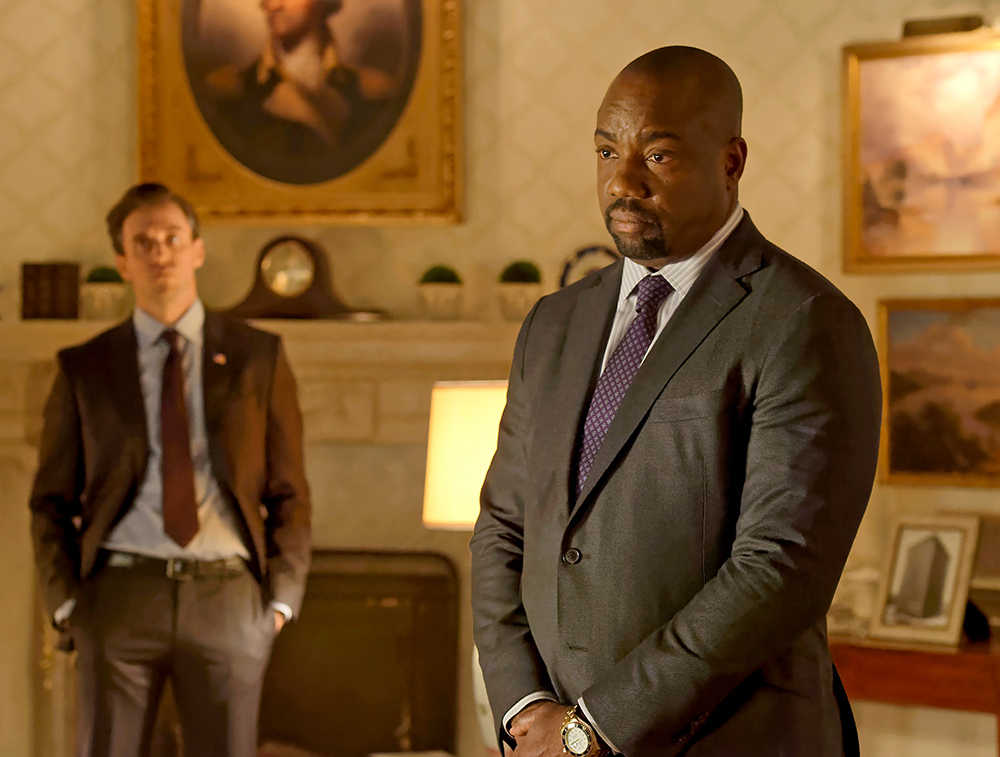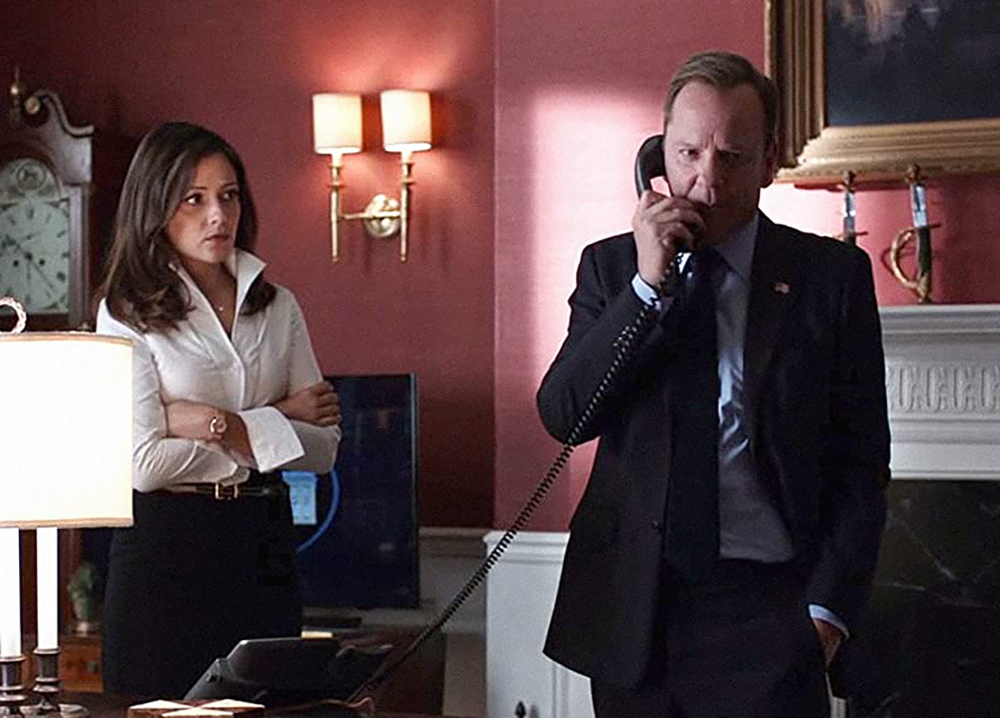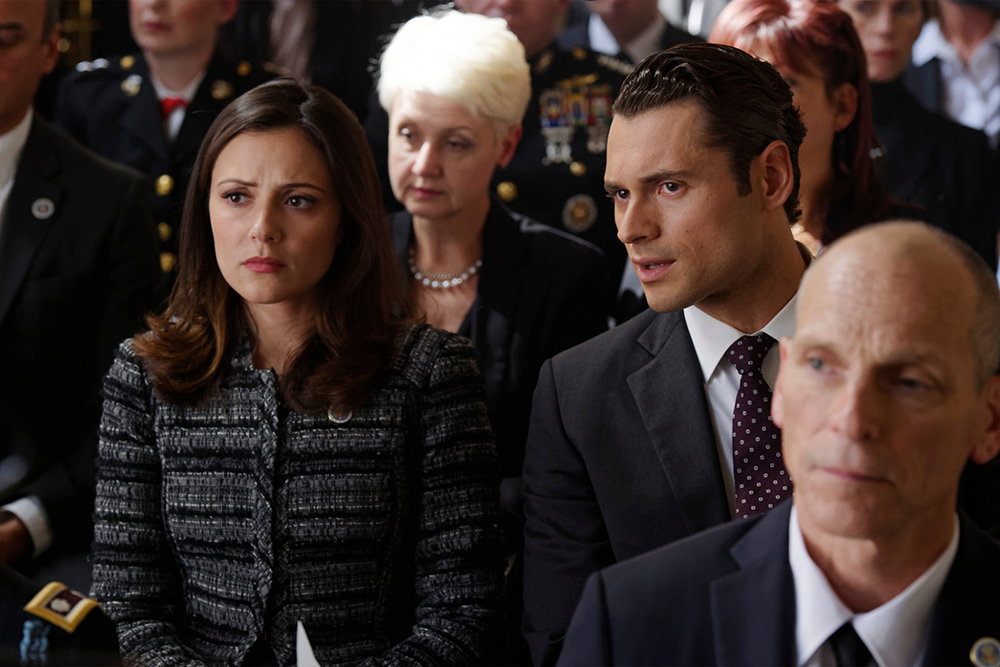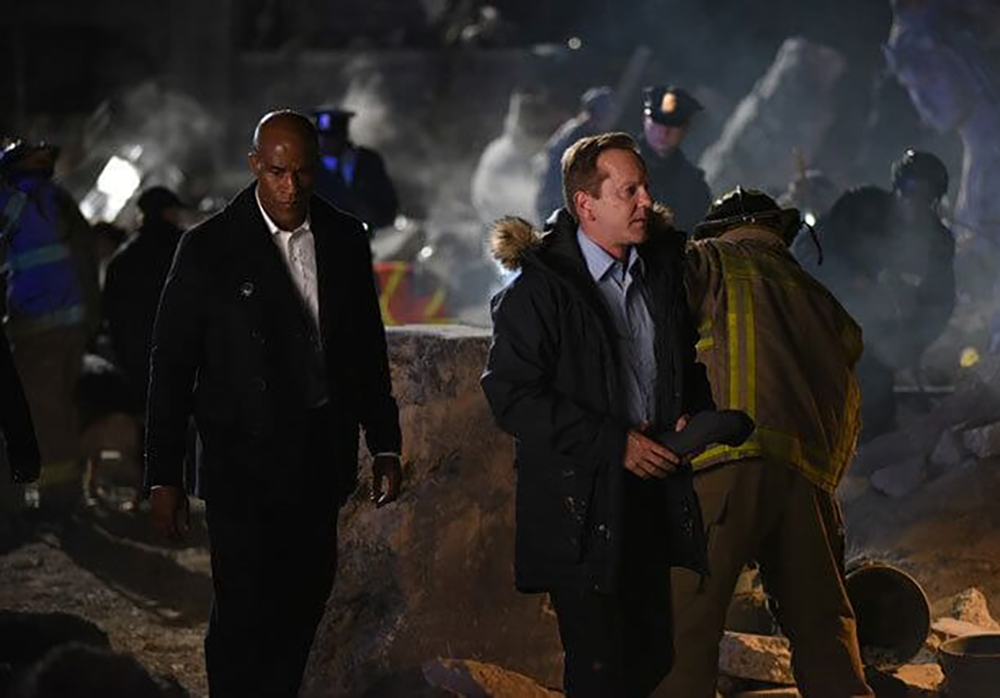For Urban and Housing Development Secretary Tom Kirkman, being chosen as the President of the United States was an overnight event—the result of a planned bomb blast inside a Congressional meeting in the Capitol, leaving hundreds, including the last President, dead. What followed was an immediate change in America’s fate, with Tom as the Designated Survivor.
The political drama series “Designated Survivor” delivers an exhilarating experience to its audience, packed with a never-before-seen, first-hand account of how things work in the White House. Even more noticeably, it showcases what it really means to be the President of the United States of America, especially during turbulent times. Tom Kirkman’s (Kiefer Sutherland) unprecedented journey as he passes through waves of professional and personal life battles, from the night of the unanticipated Capitol bombing until his re-election campaigning, are proudly spread over three binge-worthy seasons. However, even though all three parts of the political drama series bring hours of entertainment for the audience, many would agree that the energy, direction, and vision that drive the success of Season 1 are to some extent missing in the later two seasons.
To support this judgment, here are four reasons why Season 1 of “Designated Survivor” stands as the best of all three of the seasons:
It follows a compelling trajectory

Season 1 takes off brilliantly, and, with each explosive episode brings its viewers one step closer to solving the mystery surrounding the conspired Capital bombing. Truth be told, in an era ruled by web streaming shows, very few of them manage to be gripping enough to maintain the audiences’ interest consistently with each passing episode. Season 1 of “Designated Survivor” does that effortlessly—in hunting down a network of enemies who planned a terrific bomb blast inside the Capitol on an important evening, leaving hundreds dead. However, on the other hand, Season 2 acts merely as a filler or supplementary extension to the main story, packing multiple episodes with separate, less-related episodic angles. Further, Season 3, which showcases Tom Kirkman’s re-election efforts at his term’s end, does little to woo the audience and only takes up more time than it probably should.
The characters have the right screen time and are more believable

Including President Tom Kirkman, his close White House staff, and his family members, all of the characters in Season 1 are given good screen-time and focus. Almost every character exhibits a sense of importance in every scene, leaving lasting impressions on viewers. Season 2, however, packs an army of unrelated new faces with limited screen time to fill individual episodes, making it pointless to even bother remembering their names for the rest of the season.
Worse, there’s more chatter and little meaning in the majority of their conversations. For example, White House Political Advisor Lyor Boone’s (played by Paulo Costanzo) non-stop verbal drills in Season 2 soon lose their charm and end up becoming a repetitive feature of every episode. And although Season 3 shrinks the number of characters visible in front of the camera, due to the script’s demand, there is not enough room available for viewers to focus on any single character to be able to follow their trail.
It has a balanced focus on various plot elements

For Tom Kirkman, being a responsible father and a supportive husband is as important as being the President of the United States. Walking on similar lines, Season 1 gives equal attention to various elements of the political-thriller show and effortlessly combines several story angles into one grand watch. It delivers the right, if not perfect, blend of mystery, emotion, and action.
However, this balance seems to exist less in Season 2 and 3. Season 2 is all about tons of unrelated story episodes that you can watch in any random order, and Season 3 is limited to the re-election efforts of the three Presidential candidates, including Tom Kirkman. Also, in Season 2, the already-complex storyline often grows new roots at odd places and tries to create unnecessary connections, only adding to the confusion. For instance, FBI Agent Hannah Wells’ (played by Maggie Q) investigations keep going deeper and never seem to reach completion. Also, Emily Rhodes’ (Italia Ricci) romantic swings with Seth Wright (Kal Penn) look too artificial and lack a deliberate intention.
It has something for everyone

It’s impressive how Season 1 of “Designated Survivor” juggles not only different aspects of Tom Kirkman’s life but also how it touches the very same parts of several other characters in a perfect rhythm. The season has an amazing way of combining excitement with peace, disappointments with victories, and wars with love; so much so that it won’t let any viewer leave without giving them something to take away. Even though the series opener’s central theme would fall under the thriller and action genres, it does an impressive job respecting all possible facets of a truly entertaining show, even including romance at a few points.
Bottom line
Although individual preference and judgment may vary, a great share of “Designated Survivor” fans would probably agree with the above four conclusions after watching each of the seasons. Nonetheless, all three Seasons of “Designated Survivor” stand tall in their own ways to give birth to a unique and award-worthy TV series, setting new benchmarks for quality entertainment. If you want to want to get an insider-level experience of US Politics and life at the White House, don’t miss this show.
“Designated Survivor” is available to watch via streaming on Netflix.

